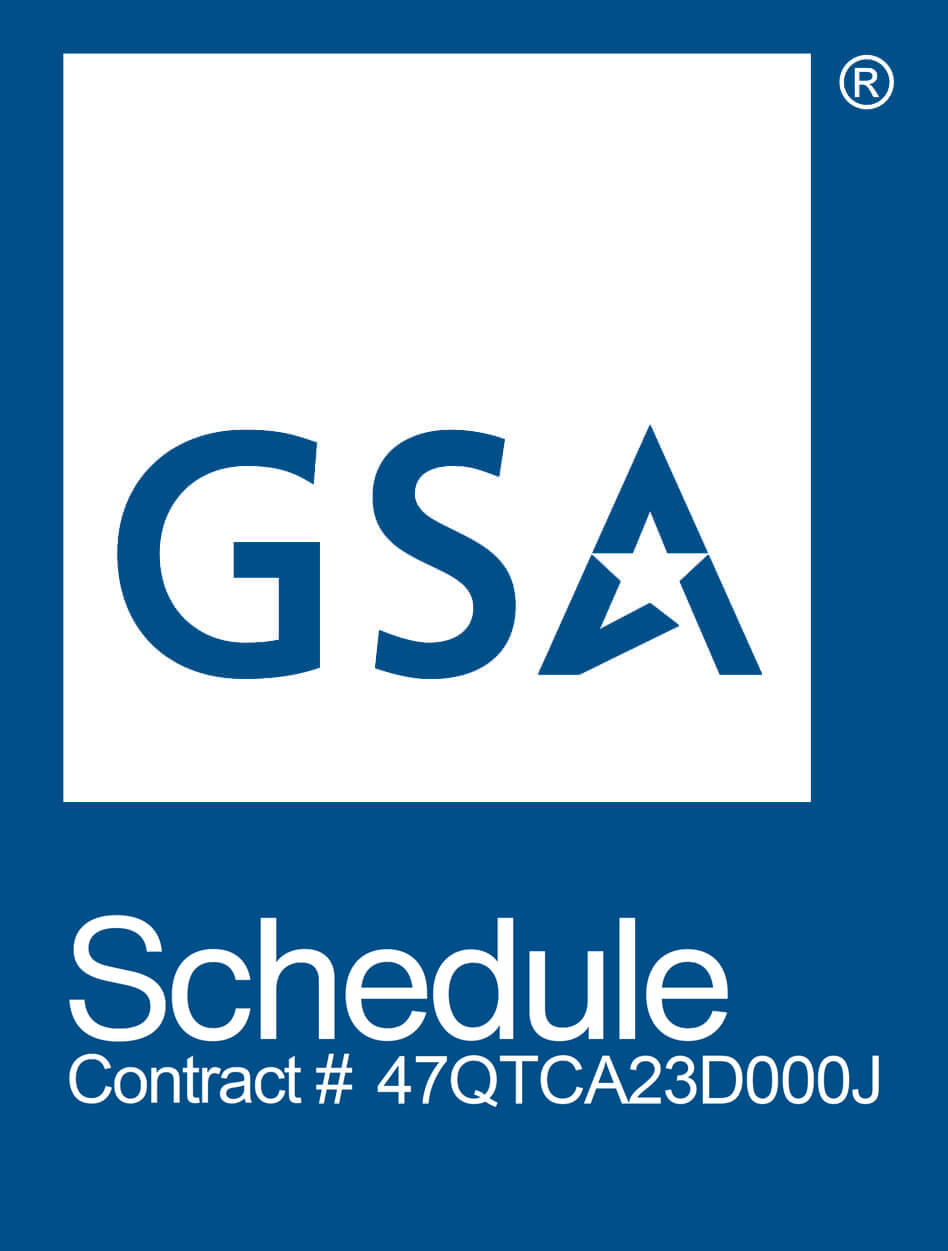
Best Practices in Coding Microservices
Microservices are a structural strategy for designing and building cloud applications. Every individual application is developed as a collection of services. Every individual service operates and carries out its operations and communicates over Application Programming Interfaces (APIs). The microservices are produced around business requirements and capacities, that are autonomously deployable with an automated deployment process. Furthermore, microservices can be developed using different programming languages.
In this article, we discuss the best practices that we need to follow when coding microservices to achieve efficient microservices without unnecessary complexities.
Cloud Computing Technologies
1. Select the best suitable language to code.
Different programming languages can be used to develop microservices in the same application. In other words, the language in which the microservice is developed does not affect the functionality of the application. Java, Python, Golang, C++, and Node JS are the most popular languages used in implementing microservices.
In this section, let us investigate the programming languages that support microservices development thoroughly.
1. Java
Java is one of the excellent programming languages to code microservices due to its readable annotation syntax. This is extremely useful when implementing composite and complex systems. Spring Boot, Dropwizard, Restlet, and Spark are some popular frameworks of Java for microservice development.
2. Golang
Golang is a great language to develop microservices due to its concurrency and API support. The concurrency of Golang will help you to enhance the productivity of the service. For that reason, Golang can be used to implement complex applications and also to improve existing software applications. GoMicro and Gi Kit are the frameworks of Golang that support microservice development.
3. Python
Prototyping in Python is quicker and simple when compared to other languages. It allows us to use its strong substitutes while ensuring compatibility with old languages like ASP and PHP. Flask, Falcom, Bottle, Nameko, CherryPy are some popular frameworks of Python for microservice development.
4. Node JS
Input and output operations of microservices developed with Node JS are extremely fast due to the V8 runtime of Node JS. Node JS microservices are developed either using CPU-bound or IO-bound code. Furthermore, Node JS increases productivity, performance and lowers costs.

Transforming for Innovation, Sustainability and Security
2. Reduce the number of lines of code through partitioning the Microservice code base
All the microservices of a certain application must follow a suited structure to include their codes. The microservice codebase can be partitioned according to the requirement of the microservice and the task in which the application expects from it. In general, a microservice codebase can be partitioned into three main parts. They are,
1. Route and Operation Management partition
This can be used to include the lines of code used to define the inputs and the operations performed to output the response from the defined route.
2. Connectivity Management partition
This can be used to include the lines of codes to define the other services the microservice is connected to and other connections such as database connections.
3. Utility Server Partition
This can be used to include the lines of codes to define general functionalities such as validations, logging management, etc.
Transforming for Innovation and Sustainability securing future competitive advantage
How can partitioning the Microservice code base reduce the number of lines of code?
The most straightforward answer for this question is “through reusability.” By petitioning the microservice code base, you will get separate components.
For example, consider a scenario where two functions of a microservice require the output of the same database query. In this case, you will have to code the two functions in the Route and Operation Management partition. When it comes to the coding of the query and to get it, you will be using the Connectivity Management partition.
But, you only have to write the “fetching data from the query” code only once in the Connectivity Management partition. Then you can link the two functions in the Route and Operation Management partition to the same “fetching data from the query” code in the Connectivity Management partition.
This is how we can reduce the number of lines of code. But as mentioned above, the number of partitions can be increased depending on the necessities and the needs of the microservice.
3. Add logs
Logging is the most basic support for solving the operational difficulties and obstacles in your software application. In addition, it helps us to get to know about what’s happening in the codebase. In some cases, some of the lines of code may not execute or some of the operations may not perform as expected due to the breaks happening in the application. Logs are the main and the most powerful solution to understand the issue causing the interruptions.
Moreover, the logs will assist you in handling the complexity and communicate your code to other developers. Hence the logs increase the development speed and assist in debugging the software as well.
4. Other best practices in coding microservices
1. Comment wherever it is necessary and document important information
This will help other developers to know what is included in the code and what’s the purpose behind it.
2. Test your code and handle the errors
It is mandatory to test the code in a microservice once you complete an individual section in the service. This will assist you in figuring out the errors and bugs. Once the errors are fixed, it is required to test the code again to make sure that the code is error and bug-free.
3. Make the codebase consistent
It’s essential to develop the functionalities of the service in a similar way other functions are developed. For example, if you are creating modules to define a set of route operations, make sure that you define them in a similar way. This will lower the complexity and make it simple for other developers.
4. Do not hard code
It is mandatory to maintain an environment file or a config map to store the definite values. If these values are hardcoded in the codebase, and you will have to make changes in the codebase if you want to change the value. But this can be avoided using an environment file or a config map.
5. Use descriptive names for functions and variables
For example, if you want to assign values of the port and database name, you can use the variable names as “port” and “database”. Avoid using generating names such as “var1” and “var2”.
Following the above practices will help you to code microservices easily and efficiently. It is mandatory to keep using these practices as each microservice owns a data model and handles its own data. A break or discontinuation of one microservice will not affect all the functionalities of the application. But not using the best coding practices will result in complexities and slow the entire application. Contact us for additional support in the best practices in coding microservices.
Generative AI Software Integration
Boost your business efficiency with our custom Generative AI Business Software, tailored for HR, finance, sales, event management, and customer service. Leveraging advanced natural language processing and AI-driven data science, we specialize in customer segmentation, sales analysis, and lead scoring. Elevate your operations and gain a competitive advantage with our precision-driven AI solutions. Contact us to integrate AI seamlessly into your key systems and transform your business.
What clients say about Cloud Computing Technologies
★★★★★ 5/5
"CCT's diverse skills and expertise has reduced our technical debt by millions of dollars to which we have reinvested into future capabilities."

Mrs. Hanson
★★★★★ 5/5
"With CCT migrating our critical systems into the AWS, 80% our staff is now remote working."

Mrs. Miller
★★★★★ 5/5
"CCT showed us how to meeting regulatory compliance in AWS Landing Zone and greatly improved our cloud security controls."

Mrs. Wilson
★★★★★ 5/5
"CCT provided our agency with application rationalization services and successfuly applicaton migrations meeting all KPIs and SLAs."

Federal Agency
★★★★★ 5/5
"I highly recommend the data science team at CCT. They are technically proficient, great communicators, unbiased, and reduced our false positives by 68%."

Mr. Brown
★★★★★ 5/5
"The team at CCT is knowledgable and insightful in developing a cloud architecture leading to our mission success."

Mr. Robinson
Experience and Agile Expertise
you can trust
Years in business
20
Contracts Awarded
180
+
Further information about Best Practices in Coding Microservices.
Frequently Asked Questions
Mastering the best practices in coding microservices is crucial for building scalable, secure, and efficient applications. It allows for better code manageability, easier maintenance, and faster feature delivery, thereby accelerating your business’s digital transformation.
Some of the best practices include defining clear boundaries for each service, ensuring loose coupling and high cohesion, implementing API versioning, adhering to the single responsibility principle, incorporating independent deployment, and prioritizing communication between services using lightweight protocols.
Implementing microservices architecture can offer your business increased scalability, improved fault isolation, enhanced development productivity, and quicker time to market. It also allows your teams to work independently on different services, leading to improved productivity.
With microservices, each service can be developed and deployed independently. This reduces the complexity of development and allows for quicker iterations, thus speeding up the delivery of new features to your users.
We adopt stringent security practices, which include securing inter-service communication, implementing API security protocols, and regularly reviewing code for security vulnerabilities. We believe that security should be an integral part of the development process, not an afterthought.
Absolutely. At CloudComputingTechnologies.AI, we make it a priority to communicate the process and benefits of coding microservices in a straightforward and understandable manner. We believe in creating a collaborative environment where your insights and inputs play a key role in the development process.
Microservices architecture provides excellent scalability by allowing each service to scale independently based on the demand. This means you can efficiently allocate resources where they are most needed, thus meeting your business’s scaling needs effectively.
The success of implementing microservices can be measured in various ways, such as the speed of feature delivery, system resilience, scalability, customer satisfaction levels, and return on investment.







